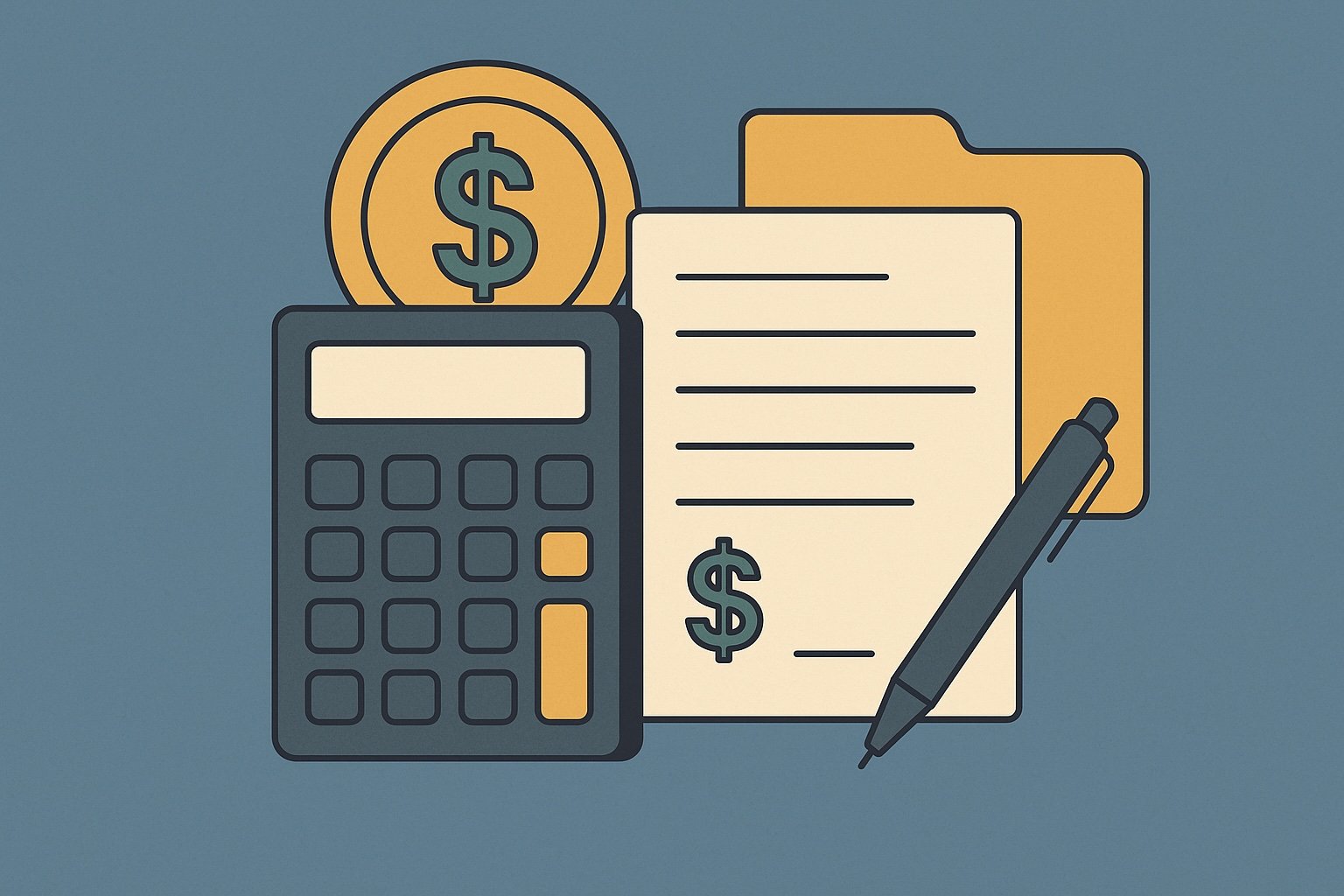Question
ARTE's Answer
A Delaware Statutory Trust (DST) 1031 exchange is a strategy that allows investors to defer capital gains taxes on the sale of investment property by reinvesting the proceeds into a fractional ownership interest in a DST. This type of exchange is particularly appealing to investors who are looking for a passive investment in real estate, as it allows them to own a share of a larger, professionally managed property without the responsibilities of direct property management.
A DST is a legal entity created under Delaware law that holds title to real estate. Investors purchase beneficial interests in the DST, which are treated as direct ownership of real estate for tax purposes. This means that when you exchange into a DST, it qualifies as a like-kind exchange under Section 1031 of the Internal Revenue Code, allowing you to defer capital gains taxes.
Here's how a DST 1031 exchange works:
- Sale of Relinquished Property: You sell your investment property, which we'll call Property A. Let's say you sell Property A for $500,000.
- Engage a Qualified Intermediary: To ensure the exchange qualifies under Section 1031, you must use a qualified intermediary (QI) to facilitate the transaction. At Deferred.com, we offer qualified intermediary services and can assist you with a "No Fee Exchange," saving you money on the transaction.
- Identify Replacement Property: Within 45 days of selling Property A, you must identify potential replacement properties. In a DST exchange, you would identify a DST that owns a property or properties that you are interested in.
- Purchase of DST Interest: Within 180 days of selling Property A, you must complete the purchase of your DST interest. For example, you might invest your $500,000 proceeds into a DST that owns a commercial property valued at $10 million. Your investment would represent a fractional ownership interest in the DST.
- Passive Investment: The DST structure allows you to be a passive investor. The DST's trustee manages the property, handles leasing, maintenance, and other operational tasks. This is ideal for investors who want to avoid the day-to-day responsibilities of property management.
- Tax Deferral: By completing the exchange into a DST, you defer the capital gains taxes that would have been due on the sale of Property A. This allows you to keep more of your equity working for you in the new investment.
An example of a DST 1031 exchange using Deferred.com as the qualified intermediary might look like this:
Imagine you own a small apartment building (Property A) that you purchased for $300,000 and is now worth $500,000. You decide to sell Property A and use the proceeds to invest in a DST. You engage Deferred.com as your qualified intermediary to facilitate the exchange. After selling Property A, you identify a DST that owns a large office building. You invest your $500,000 proceeds into the DST, acquiring a fractional interest in the office building. Deferred.com handles the transaction, ensuring compliance with IRS regulations, and you successfully defer the capital gains taxes on your sale.
This strategy allows you to diversify your real estate holdings, invest in high-quality properties, and enjoy the benefits of professional management, all while deferring taxes. If you have any further questions or need assistance with a DST 1031 exchange, feel free to reach out to us at Deferred.com.
Have more questions? Call us at 866-442-1031 or send an email to support@deferred.com to talk with an exchange officer at Deferred.
Sources
- Delaware Statutory Trusts (Article)
- TAM 200039005 (Failed Reverse Exchanges)
- Rev. Rul. 2004-86 (Classification of Delaware Statutory Trusts for 1031 Exchanges)
- Goolsby v. Commissioner
- What To Do About Exchange Expenses in a Section 1031 Exchange? (Article)
- Rev. Rul. 2002-83 (Related Party Exchanges)
- Deferring Losses On The Sale of Property Using 1031 Exchanges
1031 Question? Ask ARTE
Deferred's AI 1031 Research Assistant is trained on 8,000+ pages of US tax law and outperforms human CPAs by 22%+
CHAT NOW
Learn More
See more frequently asked questions about 1031 exchanges








